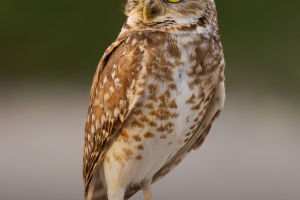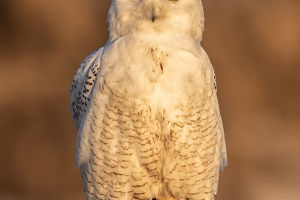The Egretta garzetta is a medium-sized wading bird belonging to the Ardeidae family within the Pelecaniformes order.
Within the Egretta genus, comprising 13 avian species, the Great Egret, Intermediate Egret, Little Egret, and Snowy Egret are distinguished by their entirely white plumage during all life stages, collectively called egrets.
Possessing a medium build and distinctive yellow feet, their facial skin adopts a rosy hue during the breeding season, with two ornamental plumes atop the head and dorsal plumes on the back and chest. Outside the breeding season, their facial skin takes on a yellow-green tint, devoid of ornamental head and dorsal plumes.
Egretta gazettes inhabit various coastal lowland habitats, including lakes, ponds, islands, coasts, bays, estuaries, rivers, rice fields, streams, and marshes. They exhibit solitary, paired, or small group behavior, occasionally forming large flocks.
During daylight hours, they frequent coastal streams, rivers, salt pans, and rice fields for feeding and foraging. Their diet primarily consists of various small fish species, including shrimp, crabs, frogs, mollusks, tadpoles, and aquatic insects.
Breeding occurs annually from May to July, with nests typically situated on coastal islands, rocky cliffs, or small branches near the coast. Preferring communal nesting, instances have been observed where multiple nests cluster on small rocky outcrops.
Nest structures are shallow and rudimentary, often composed of dry grass stems and leaves. Nest heights rarely exceed 1 meter above ground level and can be found nestled amidst grassy patches beneath low trees. Each clutch comprises 2 to 4 oval-shaped, pale blue eggs, with an incubation period spanning 24 to 26 days.
The Egretta garzetta's wings are broad and robust, facilitating graceful flight characterized by precise wing beats and angles conducive to gliding and soaring. Despite their relatively short legs, their muscularity supports adept swimming, aided by their expansive webbed feet providing robust propulsion.
Their elongated bills, necks, and legs are ideally suited for capturing aquatic prey. During hunting, they delicately wade through water, attentively observing tiny aquatic organisms before swiftly striking with their long bills. At times, they patiently stand by the water's edge, opportunistically targeting passing fish.
The elegant demeanor and beautiful plumage of the Egretta gazette consistently attract human admiration. Historically, their feathers were highly prized for adornment in Eastern attire and Western millinery. However, their communal nesting habits, combined with the economic value of their plumage, have made them susceptible to overexploitation, resulting in a drastic decline in wild populations, pushing them perilously close to extinction.
Hence, concerted efforts are imperative to protect the habitats and populations of Egretta gazettes. Comprehensive conservation measures must address various aspects of their environmental needs to ensure the long-term survival of these exquisite creatures, enriching our planet's biodiversity. Through such endeavors, we can deepen our understanding and appreciation of the wonders and beauty of the natural world, fostering harmonious coexistence between humanity and nature.


